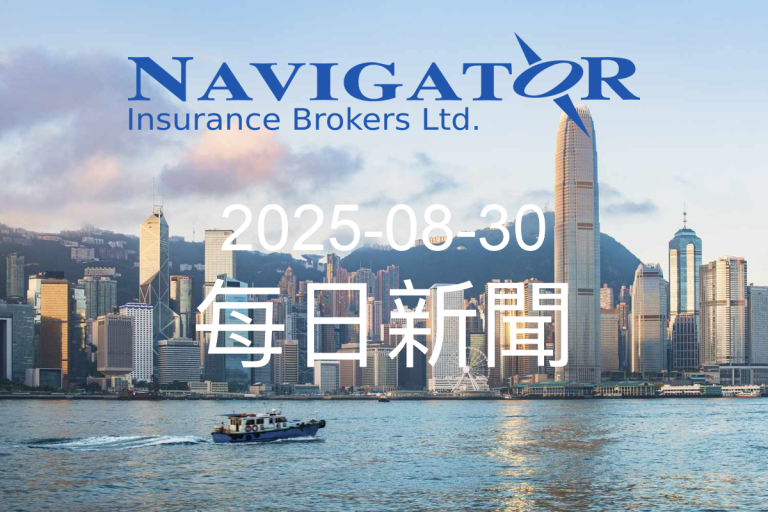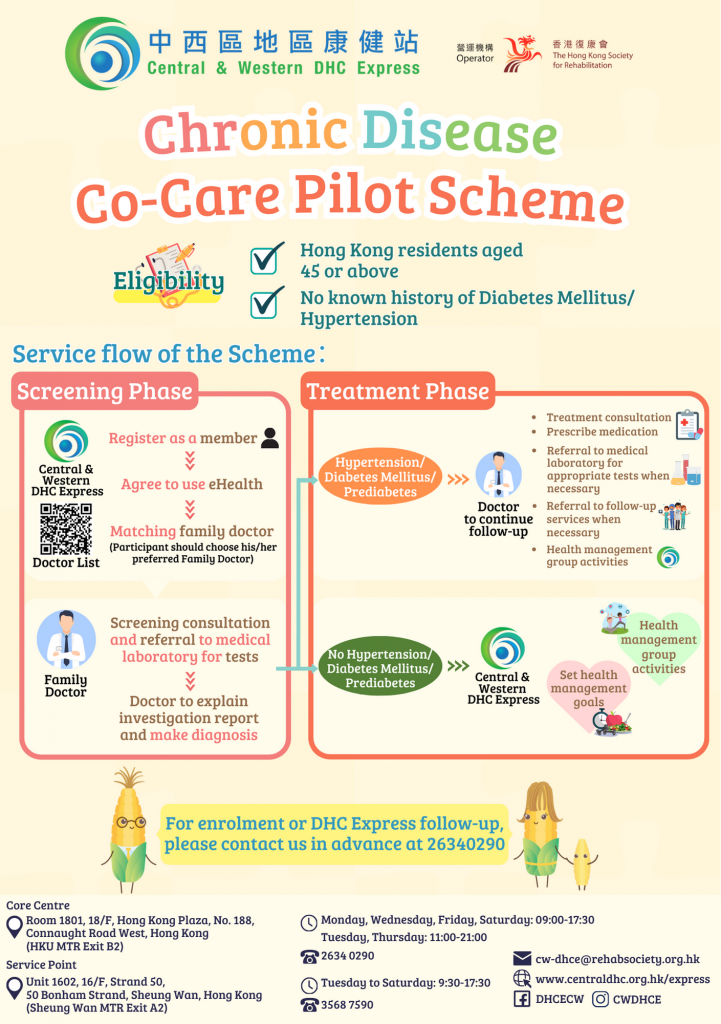New Huanggang Port Set to Revolutionize Cross-Border Travel with Rapid Clearance Model
The upcoming transformation of the New Huanggang Port promises to dramatically reshape cross-border travel experiences between Hong Kong and mainland China, with officials targeting an unprecedented five-minute crossing time. This innovative customs clearance model represents a significant leap forward in border management efficiency, potentially setting a new standard for regional transportation infrastructure.
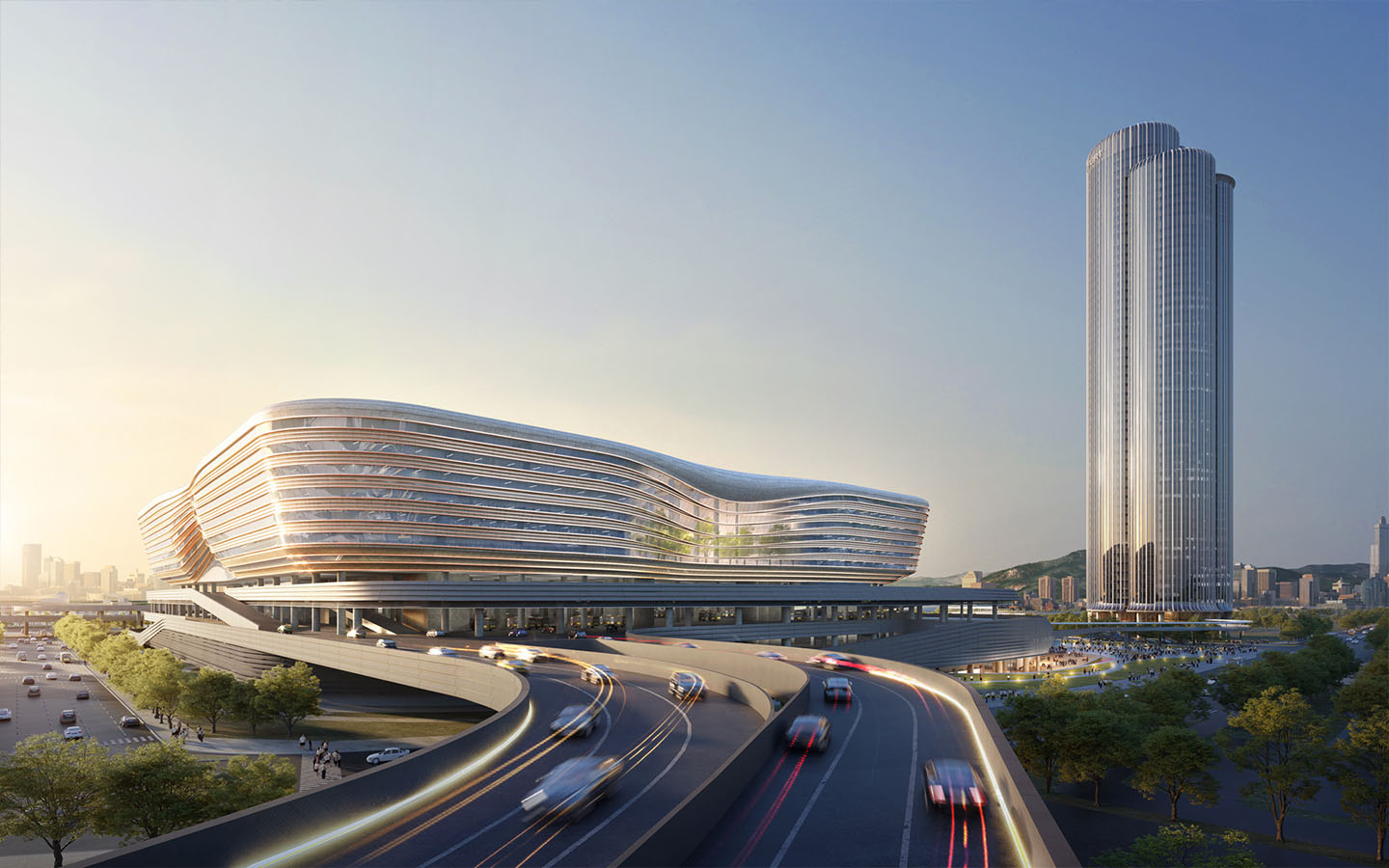
Deng Bingqiang, a key official involved in the project, highlighted the port’s groundbreaking “one-pass” crossing approach, which aims to streamline the traditionally time-consuming border crossing process. The proposed five-minute clearance time represents a remarkable reduction in wait times, potentially transforming how residents and travelers navigate between Hong Kong and mainland China.
The new port’s design reflects a strategic commitment to enhancing mobility and reducing bureaucratic friction. By implementing advanced technological solutions and reimagining traditional customs procedures, authorities are signaling a forward-thinking approach to border management. This initiative not only promises convenience for individual travelers but could also have broader implications for regional economic integration and cross-border mobility.
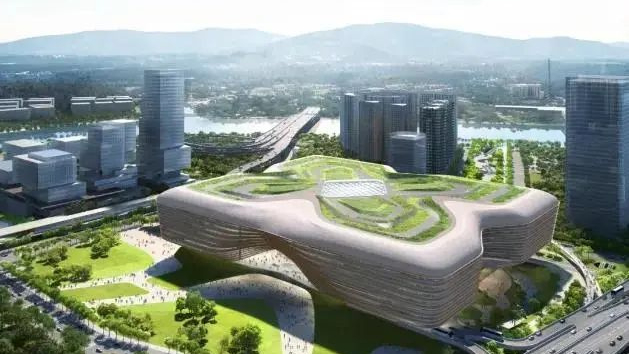
While specific technical details about the one-pass system remain nuanced, the core objective is clear: minimize waiting times and create a more seamless transit experience. The five-minute target suggests sophisticated technological integration, likely involving pre-clearance mechanisms, advanced biometric verification, and streamlined documentation processes.
For travelers and commuters who frequently traverse the Hong Kong-mainland China border, such improvements could represent a significant quality-of-life enhancement. Reduced waiting times translate directly into saved time, decreased travel stress, and more efficient personal and professional mobility.
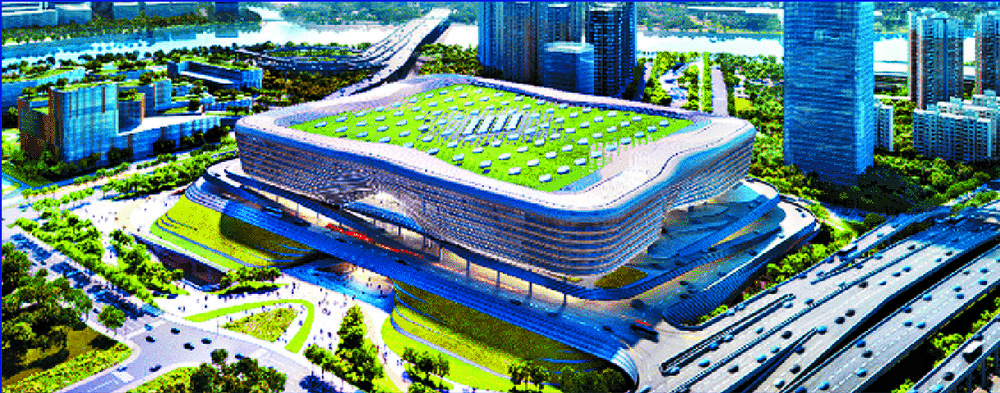
The New Huanggang Port’s development is part of a broader trend of infrastructure modernization in the region. By prioritizing technological innovation and user experience, authorities are demonstrating a commitment to creating more responsive and traveler-friendly border crossing facilities.
Travelers and local residents can anticipate a fundamentally different border crossing experience once the new port becomes operational. The proposed five-minute crossing time is not just a marginal improvement but a potential paradigm shift in how cross-border travel is conceptualized and executed.
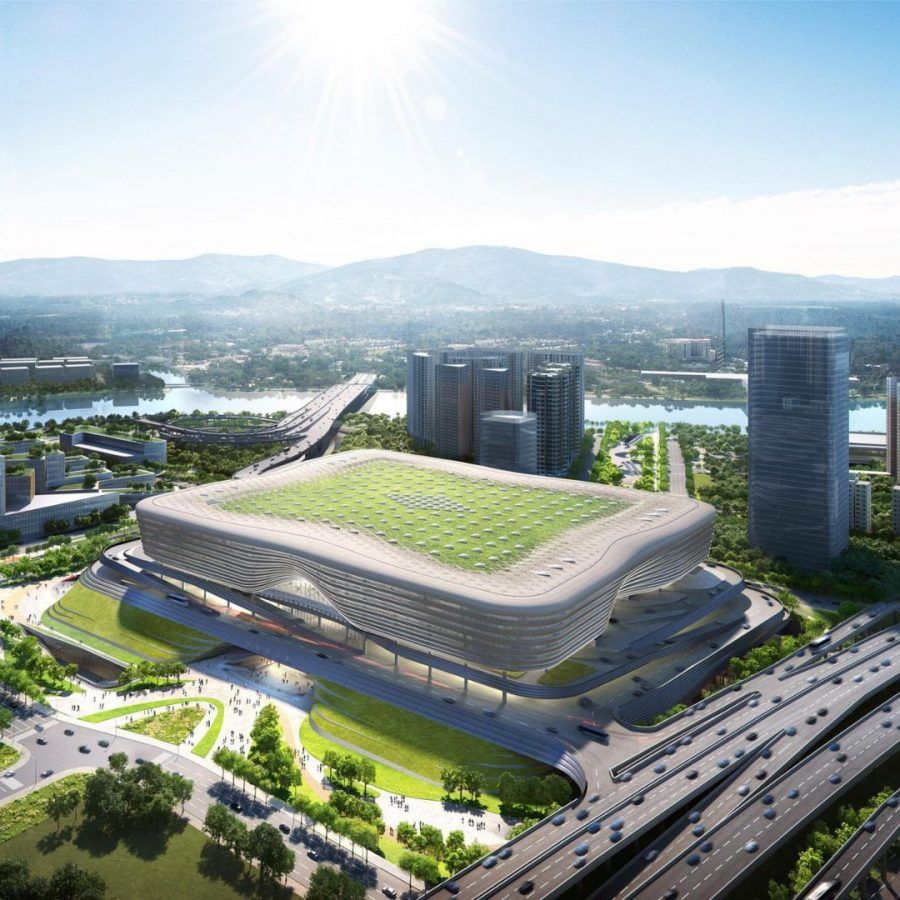
As with any significant infrastructure project, successful implementation will depend on careful planning, technological reliability, and ongoing refinement. The one-pass crossing model represents an ambitious vision that balances technological innovation with practical transit needs.
While the full details of the implementation are still emerging, the New Huanggang Port stands as a compelling example of how strategic infrastructure investments can directly improve everyday travel experiences. By prioritizing efficiency, technology, and user convenience, this project offers a glimpse into the future of cross-border mobility.
Travelers, policymakers, and transportation enthusiasts will undoubtedly be watching closely as this innovative border crossing model takes shape, potentially setting new standards for regional transit infrastructure.






